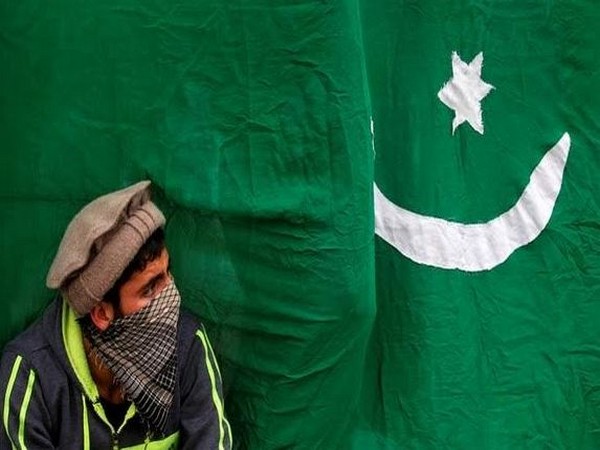Rising Costs of Second-Hand Winter Clothing Squeeze Rawalpindi Families
Low-income families in Rawalpindi face difficulties affording second-hand winter clothing due to price hikes of up to 60%. Despite discounts by retailers, new taxes and transportation costs have exacerbated the situation. Even wealthier individuals are now resorting to purchasing used clothing as traditional markets experience substantial price increases.

- Country:
- Pakistan
The soaring prices of second-hand winter clothing have left low-income families in Rawalpindi struggling to afford essentials, with costs surging by up to 60% compared to last year. Reports from the Express Tribune highlight the significant impact on families' abilities to purchase essential items like jackets, coats, and shawls.
Large retailers are offering discounts of 10% to 25% on remaining stock to counteract the rising costs, yet the hikes are pronounced in traditional markets. Handmade quilts and rugs have also seen substantial price increases due to higher production costs. New taxes and customs duties on imported second-hand clothing from Europe have made even the most affordable options unattainable for many consumers this season.
Despite hundreds of stalls selling winter essentials throughout the city, financial pressure remains on consumers. Popular markets in Rawalpindi offering sales fail to alleviate the burden significantly. Historically, low-income families have relied on inexpensive clothing from abroad, but increased tariffs and transportation costs from Karachi have hindered this option, according to the Express Tribune.
Interestingly, these challenges have drawn even wealthier individuals to used clothing shops. Women from affluent backgrounds are seeking quality pieces to refurbish. Children's sweaters at flea markets range from PKR 350 to PKR 600, with jackets priced between PKR 1,000 to PKR 2,000, while adult sweaters and jackets experience notable mark-ups.
In larger retail stores, new children's winter clothing prices range from PKR 4,500 to PKR 10,000, creating a stark contrast. Ashfaq Bacha, a second-hand clothing dealer, attributes price increases to higher customs duties and fuel-related transportation costs. He suggests that removing taxes could reduce costs by 40% to 50%. Local resident Sajid Mehmood expressed his frustration, citing the tax burden on essential items as increasingly difficult for the poor and calling for government intervention to remove taxes on old clothes for relief.
(With inputs from agencies.)









